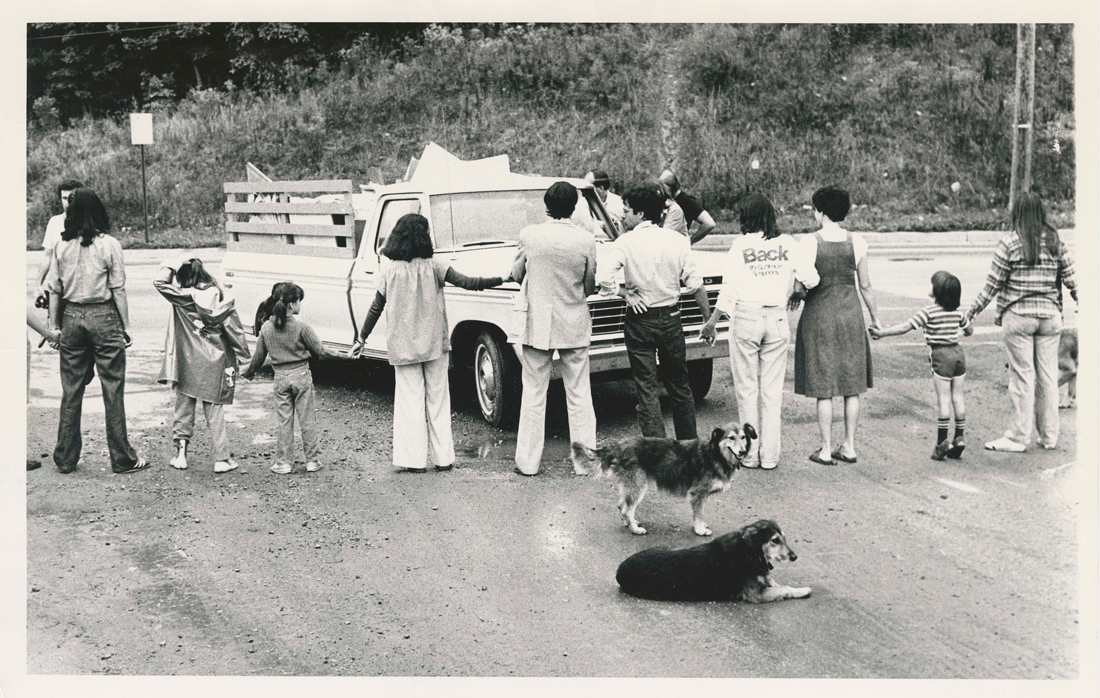Homegrown: An Introduction to the Environmental Justice Movement
Introduction
Homegrown highlights the rise of the environmental justice movement and stories of activism among communities of color facing environmental harm. As you navigate through the website, consider whose point of view each item reflects. While our librarians are working to build more inclusive and equitable collections, many of our materials still reflect the stories of dominant communities and silence the experiences and stories of environmental justice activists. Using a critical eye, we encourage you to read between the lines and seek out more information about the bold, brave and tireless work of those affected by environmental injustice and racism and those who seek a better future for their communities.
Below you will learn what Environmental Justice (EJ) is and how the EJ movement grew from different communities and activist groups. It is important to note that the EJ movement and environmentalism are not exactly the same: Mainstream environmentalism had a strong focus on conservation of wilderness. The EJ movement grew from the intersections of public health, environmentalism, and social justice.
The timeline below maps how the environmental justice movement developed, starting in the 1960s and grew from environmentalism and its intersection with the Civil Rights and labor movements. The other sections of this exhibit will introduce you to case studies of environmental injustice, racism and environmental justice activism, some just down the road and some crossing borders.
 Human chain at Coldspring Lane Landfill protest, n.d. Baltimore News American collection, UMD Special Collections and University Archives
Human chain at Coldspring Lane Landfill protest, n.d. Baltimore News American collection, UMD Special Collections and University Archives
What is Environmental Justice?
Environmental justice means equal opportunities to live in healthy environments, free from pollution and toxic waste for ALL people. It means equal access to healthcare, work safety procedures, education, and other liberating and enfranchising qualities of life.
The environmental justice movement emerged as a response to environmental racism and injustice in the United States. Environmental racism occurs when people of color are disproportionately burdened by environmental hazards such as toxins from a nearby chemical waste disposal facility or neglect when facing pollution or natural disasters. Environmental racism exists due to a lack of policy in place to protect communities of color. Furthermore, these communities are not included in conversations about their environments. Environmental injustice is a more broad term referring to communities who are disproportionately impacted by environmental burdens based on race, income, national origin, and other demographic factors.
The environmental justice movement pushes for communities’ inclusion in conversations about environmental hazards and the creation of regulations that ensure safety before disaster happens. The movement defines the “environment” not an unoccupied wilderness, but the places in which people live, work, play and learn.
An intro video introducing imagery and themes of environmental racism and injustice. Created by Scotty Beland, Student Assistant in UMD's Special Collections and University Archives, August 2024.
Timeline
Our timeline starts in the 1960s, an era of extensive activism, shaping the environmental justice movement as we know it today.
Much of this new environmentalism work did little to identify and prevent disparities in the distribution of environmental harm on marginalized communities. Because of this, the environmental justice movement emerged at the intersection of social justice and environmental harm. Our timeline tracks the different movements and ideas that converged to create the environmental justice movement as we know it today, as well as past and present EJ activism and policymaking.
This timeline is by no means the extent of environmental injustice, racism, and environmental justice activism in the United States. By Indigenous tradition, environmental injustice traces back to colonization and the theft and abuse of land by European settlers. EJ is also not confined to the United States, as seen in other sections.

